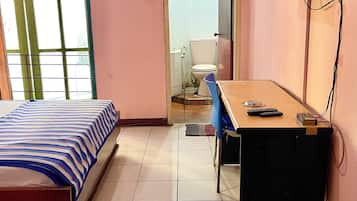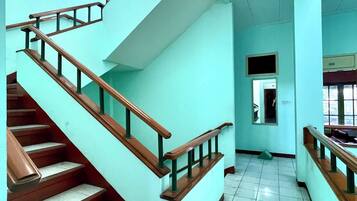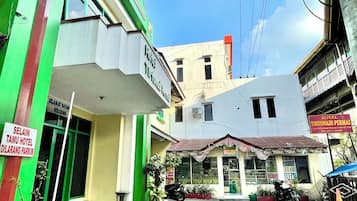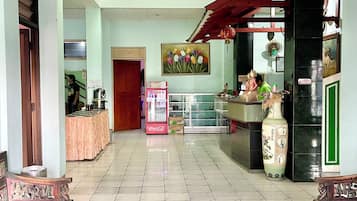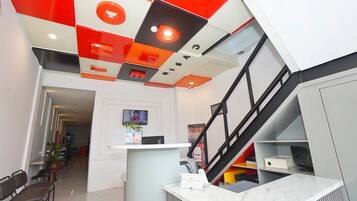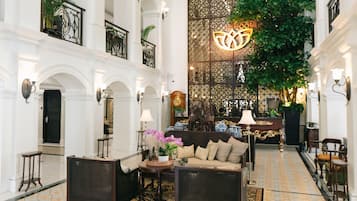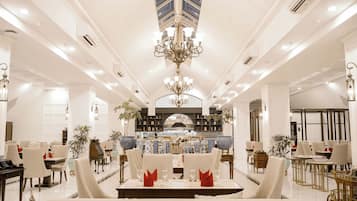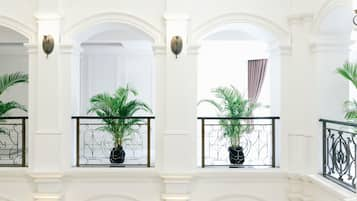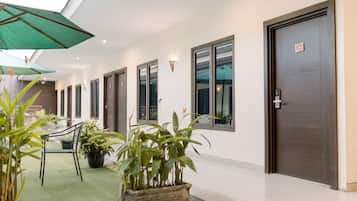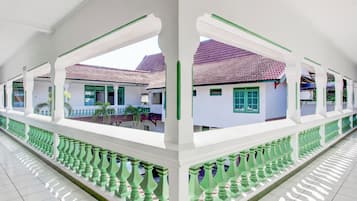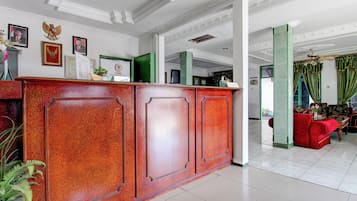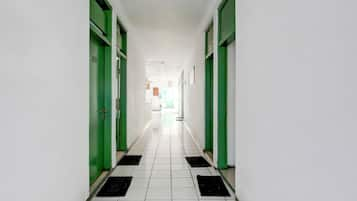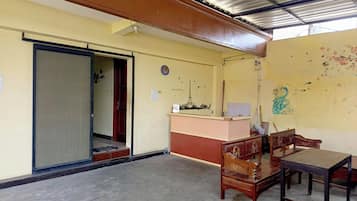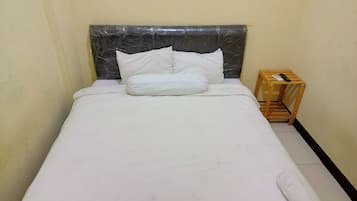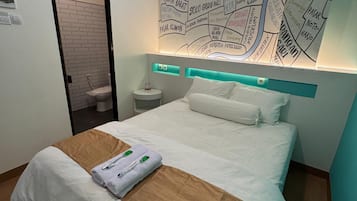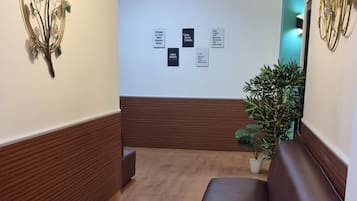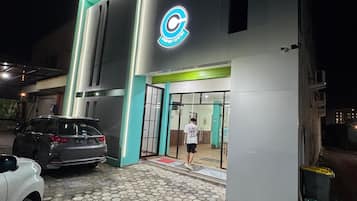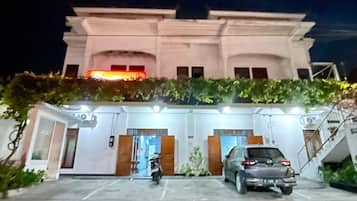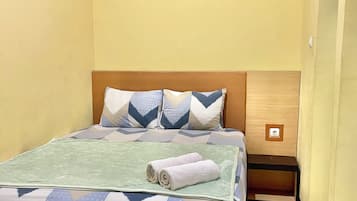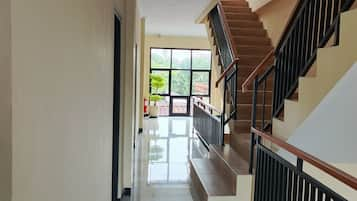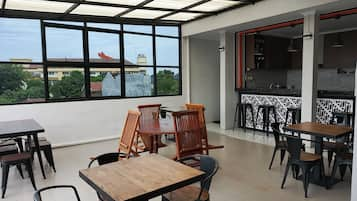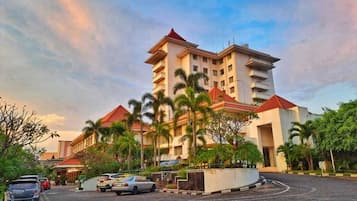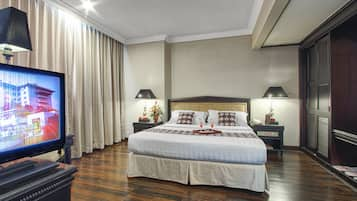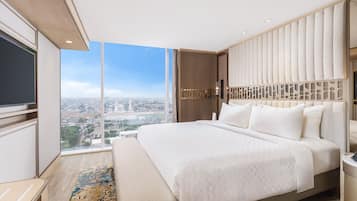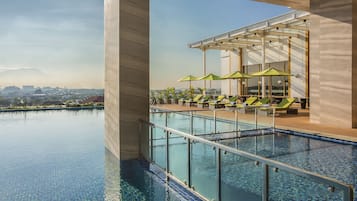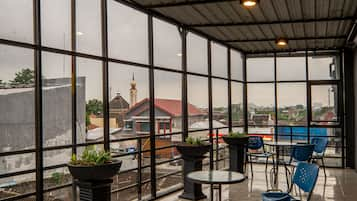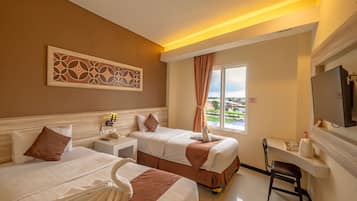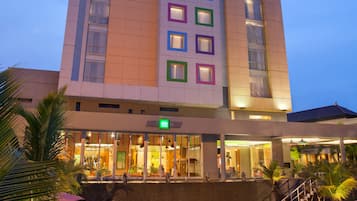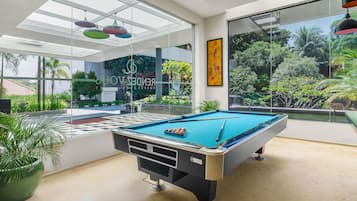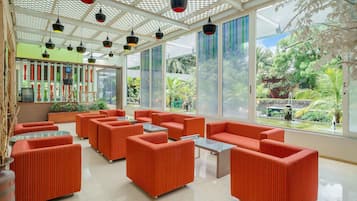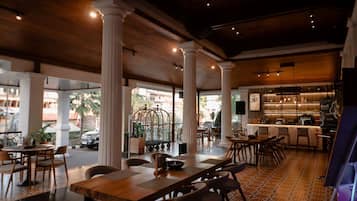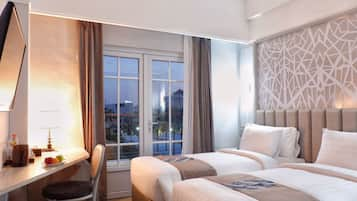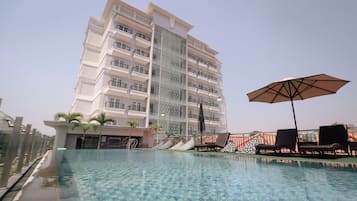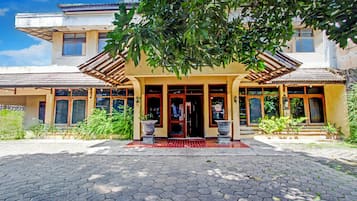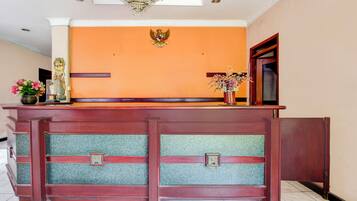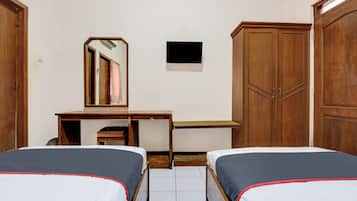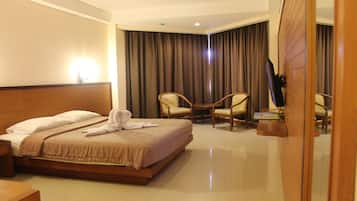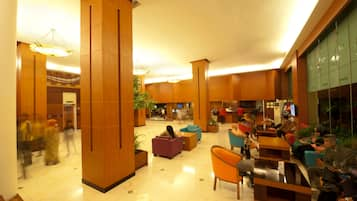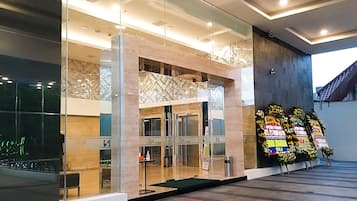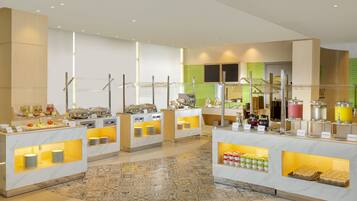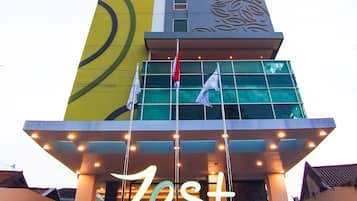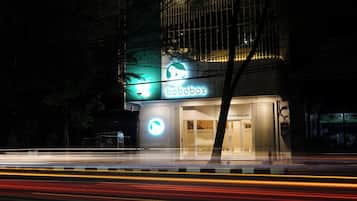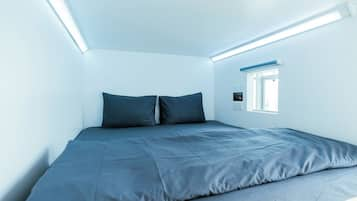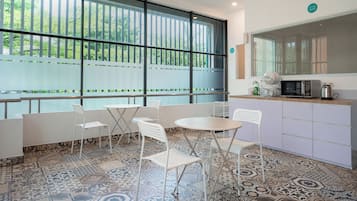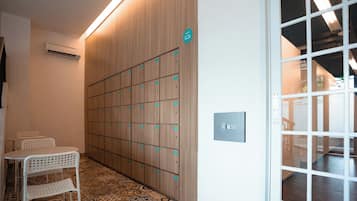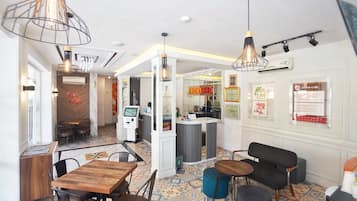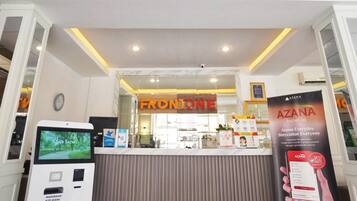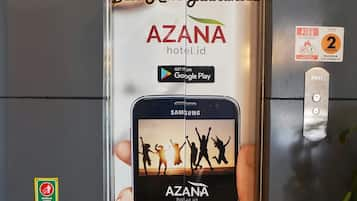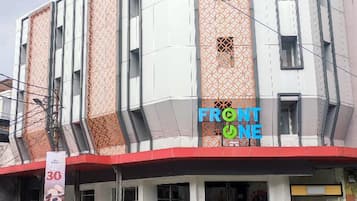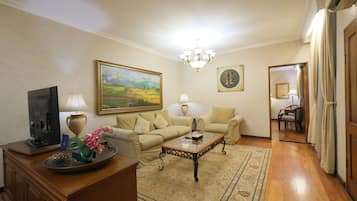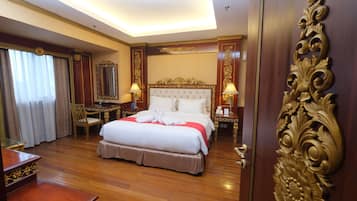¿Qué tal es Banjarsari?
Si estás buscando la mejor zona para recorrer, ¿por qué no vas a Banjarsari? Tómate el tiempo para visitar lugares como Solo Paragon Lifestyle Mall (centro comercial) y Parque de la ciudad Balekambang mientras estás en la zona. Hay muchísimos lugares por descubrir, como Clínica Nakamura y Parque Keprabon.
Cómo llegar a Banjarsari
Vuela a:
- 8,4 km de Banjarsari
- 49,6 km de Banjarsari
Viaja a Banjarsari en tren
Encontrarás las siguientes estaciones de tren en la zona:
- Estación de tren de Solo Balapan
- Kadipiro Station
Atracciones y actividades en Banjarsari y en los alrededores
Atracciones en Banjarsari
- Palacio Mangkunegaran
- Parque de la ciudad Balekambang
- Parque Keprabon
Actividades en Banjarsari
- Solo Paragon Lifestyle Mall (centro comercial)
- Clínica Nakamura
- Museo y biblioteca Radya Pustaka
¿Cuándo es la mejor época para visitar Surakarta?
- Meses más cálidos: octubre, septiembre, agosto y noviembre (promedio de 26 °C)
- Meses más fríos: agosto, septiembre, febrero y enero (promedio de 25 °C)
- Meses más lluviosos: febrero, marzo, enero y noviembre (promedio de 449 milímetros de precipitación)
![At the museum no photos are allowed which is really unfortunate as it was well worth the visit and the guided tour is definitely not to be missed. In the museum there are even Batik made from the Dutch era which depicts stories like Little Red Riding Hood and Snow White!
I enjoyed the tour v much and at the end of the tour we were brought to this room where the artisan were working on hand drawn batik.
Below is an excerpt from Wikipedia for anyone interested in learning more about the process of batik making.
Firstly, a cloth is washed, soaked and beaten with a large mallet. Patterns are drawn with pencil and later redrawn using hot wax, usually made from a mixture of paraffin or bees wax, sometimes mixed with plant resins, which functions as a dye-resist. The wax can be applied with a variety of tools. A pen-like instrument called a canting (IPA: [tʃantiŋ], sometimes spelled with old Dutch orthography tjanting) is the most common. A canting is made from a small copper reservoir with a spout on a wooden handle. The reservoir holds the resist which flows through the spout, creating dots and lines as it moves. For larger patterns, a stiff brush may be used. Alternatively, a copper block stamp called a cap (IPA: [tʃap]; old spelling tjap) is used to cover large areas more efficiently.
After the cloth is dry, the resist is removed by scraping or boiling the cloth. The areas treated with resist keep their original color; when the resist is removed the contrast between the dyed and undyed areas forms the pattern. This process is repeated as many times as the number of colors desired.
The most traditional type of batik, called batik tulis (written batik), is drawn using only the canting. The cloth need to be drawn on both sides and dipped in a dye bath three to four times. The whole process may take up to a year; it yields considerably finer patterns than stamped batik.
Source: Wikipedia](https://images.trvl-media.com/place/6224808/26fd1460-c65a-4c1a-9444-7a893e883ac9.jpg?impolicy=resizecrop&rw=1920&ra=fit&ch=480)
